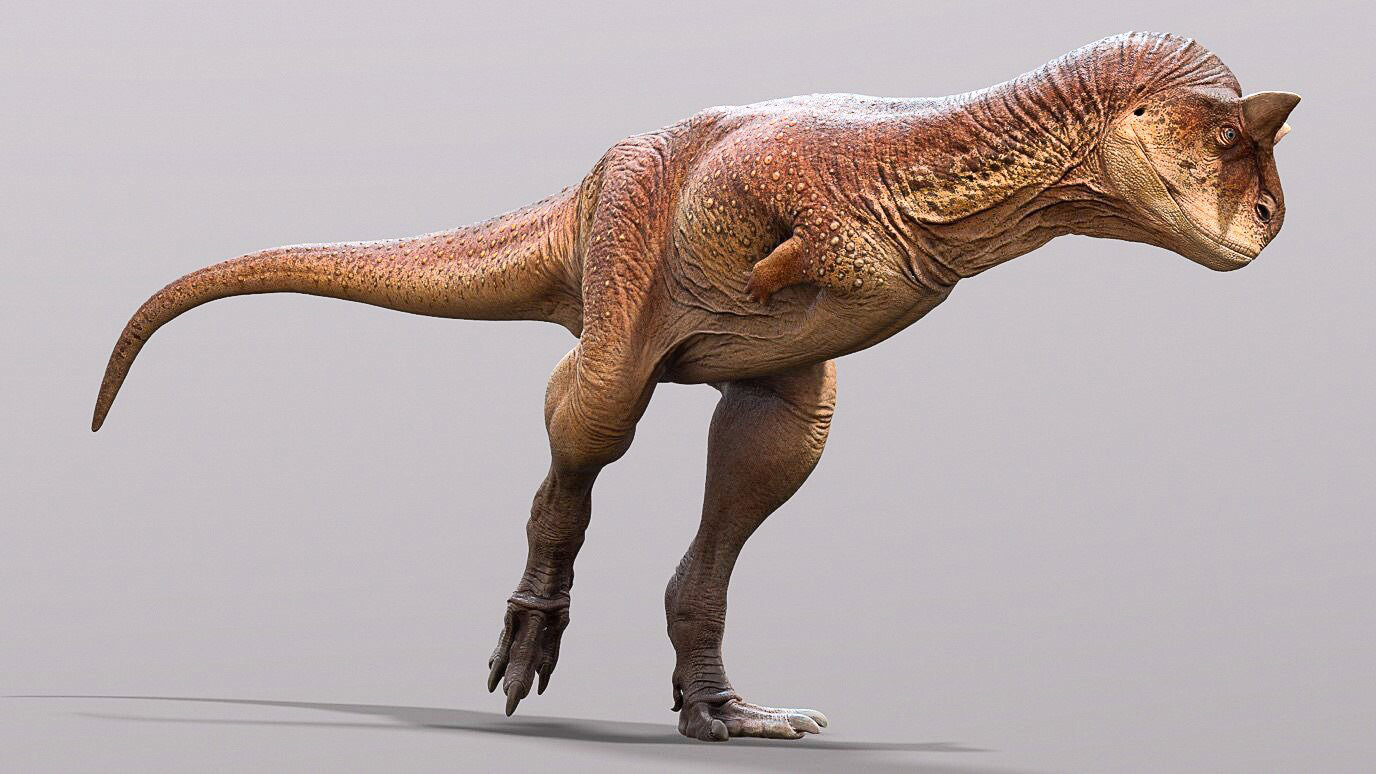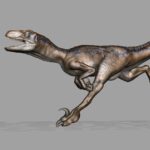Carnotaurus, a fascinating and unique dinosaur, roamed the Earth during the Late Cretaceous period, about 70 to 80 million years ago. Known for its distinctive features, such as its bull-like horns and sleek body, Carnotaurus was a predatory theropod that lived in what is now South America. To understand where Carnotaurus lived, we need to explore the geographic and environmental conditions of the time.
Geographic Location: South America
The Carnotaurus fossil evidence has been primarily found in the La Colonia Formation in Argentina, which is part of the larger Patagonian region. This area was located closer to the South Pole during the Late Cretaceous, in the southern part of the supercontinent Gondwana. Unlike the modern-day South America, which is split into various landmasses, the continent back then was united and covered vast, diverse landscapes.
Today’s Argentina, where Carnotaurus fossils were unearthed, is rich in dinosaur fossils from the Late Cretaceous, as it was home to a variety of theropods, sauropods, and other prehistoric creatures. During the time of Carnotaurus, the environment was likely a mix of forested regions and open plains, with a subtropical climate that supported abundant vegetation and animal life. It is speculated that Carnotaurus inhabited coastal floodplains, rivers, and other lush habitats.
Environmental Conditions of the Late Cretaceous
The Late Cretaceous period, around 70 to 80 million years ago, was a time of significant geological and climatic changes. South America, still part of the supercontinent Gondwana, had a warmer climate than today, and the region had a mix of rainforests and more arid, open environments. With no ice caps and higher global temperatures, the environment supported a rich ecosystem that included large plant-eating dinosaurs and smaller, faster herbivores. These were the prey species for the carnivorous theropods, including Carnotaurus.
The fossils of Carnotaurus show that it was a relatively fast-moving predator, with long, muscular legs that may have allowed it to chase down its prey across the open plains. Its physical structure, including its strong jaws and sharp teeth, suggest it was well-adapted to hunting and eating other dinosaurs.

The Fauna of Late Cretaceous South America
Carnotaurus did not live in isolation. It was part of a dynamic and diverse ecosystem, and it coexisted with other large theropods and herbivores. Among the other dinosaurs that lived during this time in South America were the large sauropods, like Titanosaurus, and smaller theropods, such as Brachyraptor and Alvarezsaurus. Additionally, Abelisaurus, a close relative of Carnotaurus, likely shared similar ecological niches.
The vegetation in Carnotaurus’ environment was made up of ferns, cycads, and early flowering plants. These provided food for herbivorous dinosaurs, which in turn supported the carnivores like Carnotaurus.
Conclusion
Carnotaurus lived in what is now modern-day Argentina, South America, during the Late Cretaceous period, around 70 to 80 million years ago. This region, part of the ancient supercontinent Gondwana, was characterized by a warm, subtropical climate with a mixture of forests and open plains. The dinosaur’s fossils have been primarily found in the La Colonia Formation, where it likely hunted in a rich ecosystem filled with a variety of other dinosaurs.
Its unique features, including its short, horned head and specialized body, make it one of the more intriguing dinosaurs of the Late Cretaceous. Understanding where Carnotaurus lived and how it interacted with its environment helps scientists piece together the prehistoric world and the dynamic life forms that once roamed the Earth.



